Drone automation and programming
Software April 13, 2024 1 Comments 1 Likes

Nowadays, the drone concept is becoming popular rapidly. Drones can be utilized for multiple purposes, whether for entertainment, education, or even in the military field. Hence, drone programming knowledge has become a necessity.
What is the most convenient language to program drones, and what can artificial intelligence add to these planes?
In this article, you can find the answers to these questions and more. A drone refers to an unmanned aircraft vehicle that can be controlled through an automatic controller over a wireless network range.
What is a Drone?
A drone refers to an Unmanned Aerial Vehicle (UAV), a pilotless aircraft that can be remotely controlled or fly autonomously using software-controlled flight plans in its embedded systems.
What is the best programming language for programming drone devices?
Mostly, the offering companies already program drones in a low-level programming language and come with an application programming interface (API) and software development kit (SDK). Nevertheless, a specialist must reprogram it using a high-level language such as Python or Java to assign specific tasks and functions to the drone.
Drone Automation vs. Drone Programming
Drone automation and drone programming are different concepts, as illustrated below:
Drone Automation
The automation process makes the drone work automatically, without any human intervention. This happens after writing commands for specific tasks such as taking off, filming, and landing.
Drone Programming
A process that allows developers to control the drone and customize the tasks it will perform using high-level programming languages.
The automation and programming processes share benefits such as increasing efficiency, safety, and security while reducing human resource costs.
Why is the drone programming process considered complicated?
Drone programming requires high programming skills. It involves focusing on multiple aspects, such as the structure of the drone and the physical factors that affect the drone’s take-off and landing process. The decisive point is understanding the reasons that lead to the drone’s failure (falling) and knowing what interferes with it, such as using radio frequency signals to disrupt communication between the drone and the remote-control device.
Common Uses of Drones
Drones are becoming increasingly versatile and widespread in various applications. Below are some common uses:
Photography
Drones can capture stunning aerial photos and videos that would be impossible to take from the ground, making them ideal for real estate photography, event coverage, and wildlife photography.
Delivery
Drones can deliver small packages and other items quickly and efficiently, promising technology that could revolutionize the way we receive goods.
Agriculture
Drones can monitor crops, spray pesticides, and plant seeds, helping farmers improve their yields and reduce costs.
Air Ambulance
Drones can deliver medical supplies to remote areas, assist in search and rescue operations, and even provide emergency medical care.
Integration of AI and Drone Systems
Artificial intelligence is integrated into drone programming. Deep learning-based programs enable drones to make decisions based on their surroundings, such as collision avoidance, object detection, object tracking, and swarm navigation.
Drone Swarms
A swarm refers to a flock of birds, usually starlings, that fly and change direction together in harmonic behavior. Drone swarm technology simulates this natural bird swarm. It consists of a group of drones connected through a wireless network that work together as a single unit. If one drone fails, the others will automatically take its place.
Drone swarm technology is used for various purposes, including:
Military
Drone swarms are beneficial for surveillance and reconnaissance missions.
Rescue
Drone swarms can scan hard-to-reach areas, such as mountains or forests, and send alerts and navigation information to rescue teams in cases of missing adventurers.
Entertainment
Drone swarms are a stunning alternative to fireworks shows in the sky, known as drone light shows. By assigning lights to each drone and controlling the swarm, they also serve as a perfect choice for filming movies and TV shows from the sky.
The future of drone swarms is bright. As technology continues to develop, we can expect even more innovative and exciting applications for drone swarm technology.
Conclusion
Over the next few years, drones will become more common and will spread across broader fields, especially in personal transportation, delivery, the military, agriculture, infrastructure inspection, and rescue operations.
Comments
Leave a Comment





test